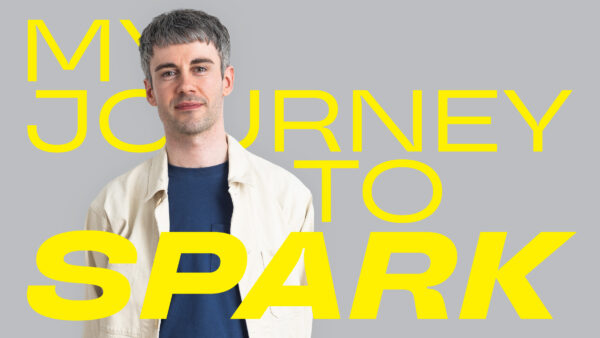
Can advertising not stand out too much, please?

By Adam & Claire
We had an interesting debate recently with the team about pushing boundaries in advertising. No matter what our research or thinking suggests, it is often extremely predictable which creative route is going to be chosen due to how ‘safe’ it is. Now, as a campaign agency that is ultimately judged on results, we are fully aware of the need to tick some of the functional boxes that an advert or piece of content may require. However this can often feel a little paint-by-numbers. In an age of media convergence we are constantly striving to create compelling content that resonates personally with our audiences in the right place at the right time; however when we strip this back to the good old-fashioned print advert that has limited scope for dynamic features, we suddenly find ourselves heading for the favourite comfort blanket formats and layouts.
It’s safe to say that people are subjected to so many advertisements these days, that they’ve managed to learn, subconsciously, how to switch off from it all. But how have people managed to do that? Well; all advertising has a template it seems. In print, the logo is usually in the bottom right. There’s usually a full bleed image of happy smiley people or a product shot, a headline and body copy – all of which sits in the same place on every ad. They all look suspiciously similar. So when flicking through a magazine, customers have learnt to tell the difference between an advert and editorial. And usually they’re more interested in reading the editorial from the supplement they’ve just paid money for. Therefore the advertisements are a distraction and unfortunately, more often that not, ignored. Online advertising may have animations to grab attention, but the problem is, they’re all the same size and in the same location on every website. Eg. MPU and skyscrapers sitting on the right hand side. This makes it easy for people to work out what to ignore. I mean, you could have the most robust strategy and the most persuasive piece of communication ever written – but if it doesn’t get noticed, it can’t be effective. It‘s not to say these traditional approaches (or want of a better word) won’t ‘work’, it’s certainly done a job for many years. The suggestion is; it could be done a lot better and more effectively.
Once upon a time online advertising used to have impact. Because nobody had seen online advertising before. Therefore it felt original, and by standing out, it demanded attention. But the more it’s done, and the more people get used to it, the more invisible it becomes. The same applies to both print and TV of course.
If advertising is about grabbing attention, creating intrigue and being different then why do we have adverts that look like adverts? After all, we need ads to look ‘new’ if we want to demand the attention of those that have learnt to ignore us. And the only way to grab attention, is to be loud, different, unique, intriguing and original to even stand a chance of engaging a potential customer.
It’s never been a better time for advertising!
What if we shook things up a bit? And made adverts that look less like adverts (especially those by your competitors), then we will attract more genuine engagement. Excitingly, if you think about it – with everyone doing the same thing, in the same format, in the same layout, it’s never been easier to stand out.
So what’s the answer then?
We must give as much attention to the questions; “How are we going to be original and how are we going to get noticed?”, as the message we’re trying to convey.
We now have this written on all of our creative briefs.